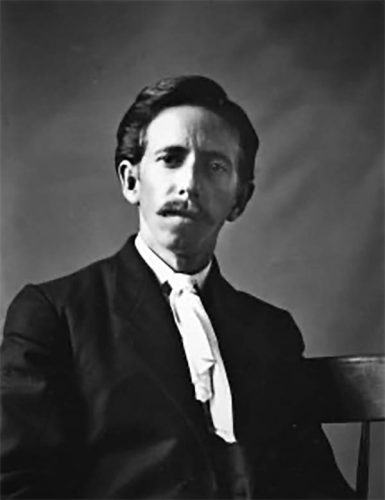By the time Davis was in his late twenties and early thirties he was in New York with his camera recording a city that was constantly changing – fast becoming a great modern city of enormous bridges and towering skyscrapers. Davis was particularly keen on views taken from the water, and his photographs of the bridges spanning the East River and of the city’s newly emerging skyline are some of his most impressive images. He photographed monuments, churches, and the long Manhattan avenues, as well as individual buildings such as Pennsylvania Station, the New York Public Library, and the Metropolitan Museum of Art.
By the second decade of the 20th century, Davis had become a popular writer for photography publications with a particular interest in the technical aspects of photography. He had invented the Davis Daylight Developing Machine for Plates for which he received a patent in 1906, and published a book, Practical Amateur Photography, in 1923. Davis eventually wrote more than 600 articles about photography. His images of New York seem to have been a major inspiration to him, providing fresh opportunities for him to demonstrate his darkroom skills in creating various atmospheric effects. The New York City photographs are at once a fascinating record of a particularly dynamic moment in the life of the great city, and a testament to William Steeple Davis’s impressive achievements in the field of photography.
But, to think of William Steeple Davis as predominantly a photographer would undoubtedly be to miss the creative forest for the trees; he was truly a multi-media artist–before the term was in vogue or even invented. In addition to photographs and photographic plates, OHS’s archives are filled with his sketches, oil paintings, watercolors, engravings, etchings, and other works on paper.
It is through the generosity of the William Steeple Davis Trust that many of his works are now in the collection of the Oysterponds Historical Society.
